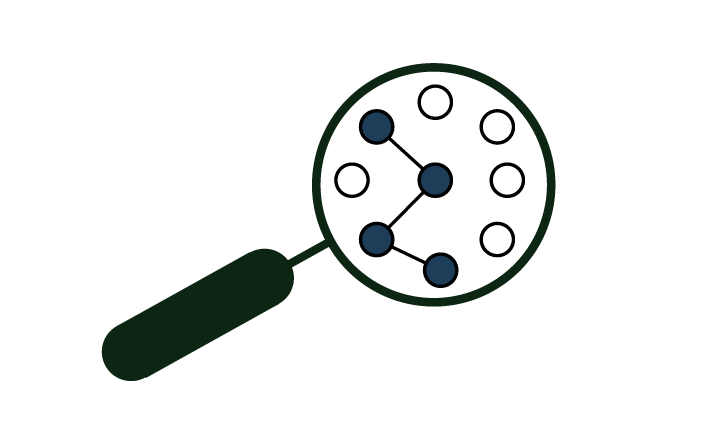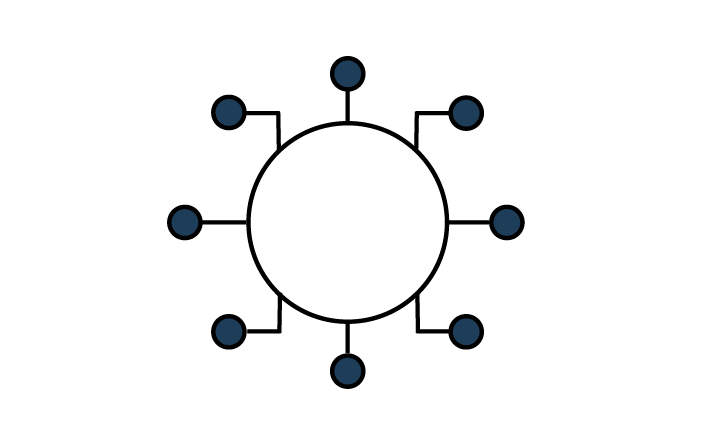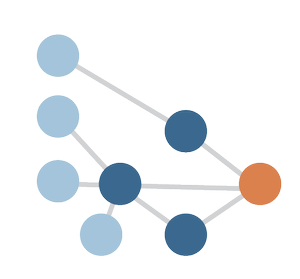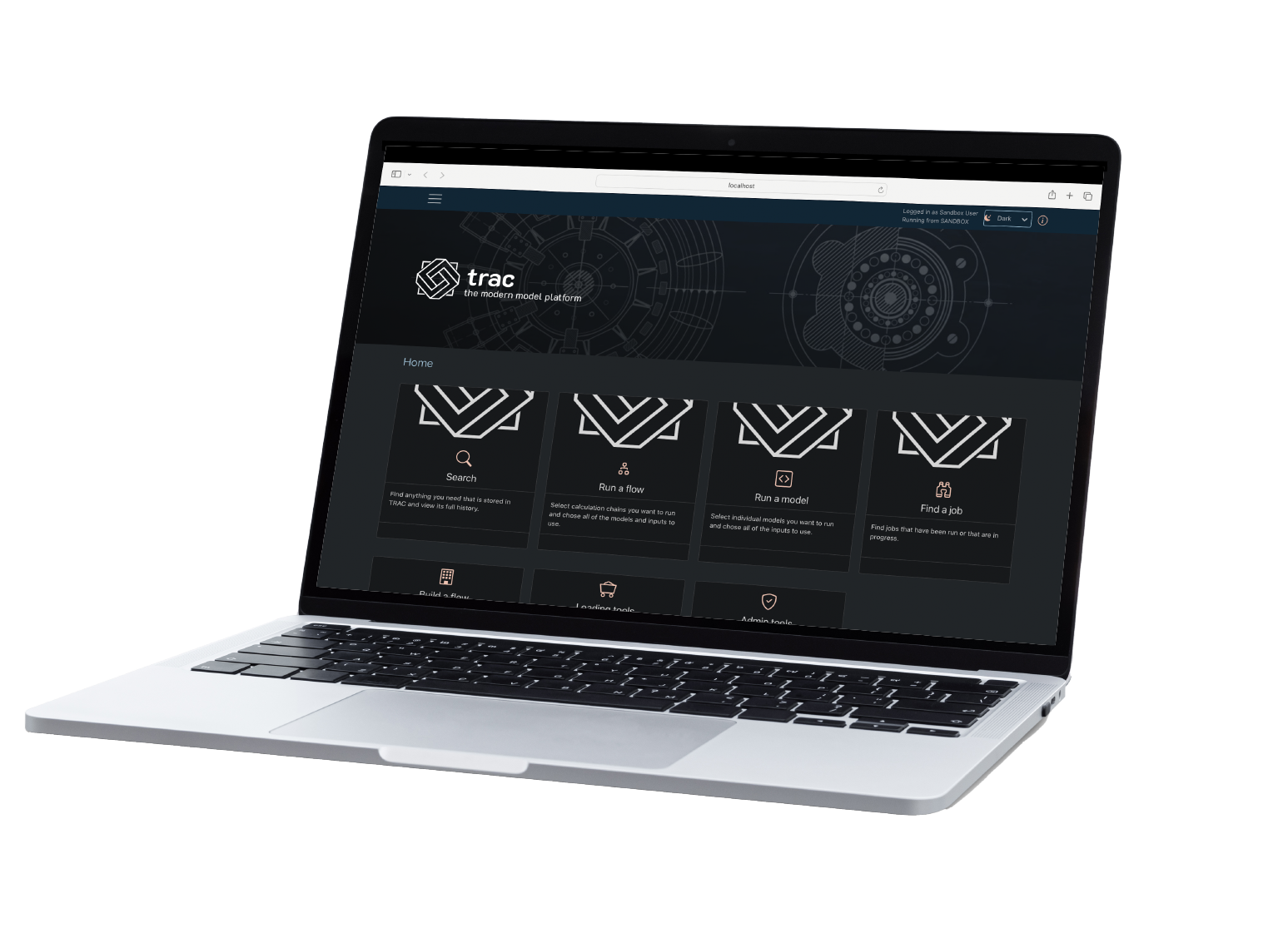
TRAC represents a new, modern approach to managing structural analytics.. but what is structural analytics?
We specialise in Banking applications but TRAC is use case agnostic and structural analytics is a challenge in many industries, including Insurance, Healthcare, Pharma, Telecom's and many others. Contact us if you would like to discuss a non-FS application of TRAC.
DISCUSS A USE CASEDefining Structural Analytics

EXPLORATORY ANALYTICS
Identifying patterns, trands and relationships in data to inform decisions and build hypotheses. The process is typically, open-ended, iterative and supervised.
PRIORITIES: Data interactivity, speed of prototyping and visualisation.

GENERATIVE ANALYTICS
Creating new data and content using AI/ML algorithms, where the system automatically adapts and adjusts as new data is introduced. The process is typically unsupervised.
PRIORITIES: Scalability and automatation of data pipelines and model training.

STRUCTURAL ANALYTICS
Applying complex but semi-rigid analytical operations to generate data outputs which have precise, known definitions and acceptance criteria.
PRIORITIES: Lineage traceability, auditability, explainability and control.
Common Challenges With Structural Analytics

COMPLEX WORKFLOWS
Calculations built from several independently specified elements which require multiple sources, levels and types of data input.

COMPLEX ANALYSIS
Need to explore the drivers and sensitivities of final outputs and model performance, possibly both in aggregate and on sub-populations .

COMPLEX GOVERNANCE
Multiple control frameworks to satisfty, such as model governance, internal audit, financial control and data lineage reporting.
The TRAC Approach
See how TRAC's unique design helps to solve all three of the challenges associated with structural analytics.

